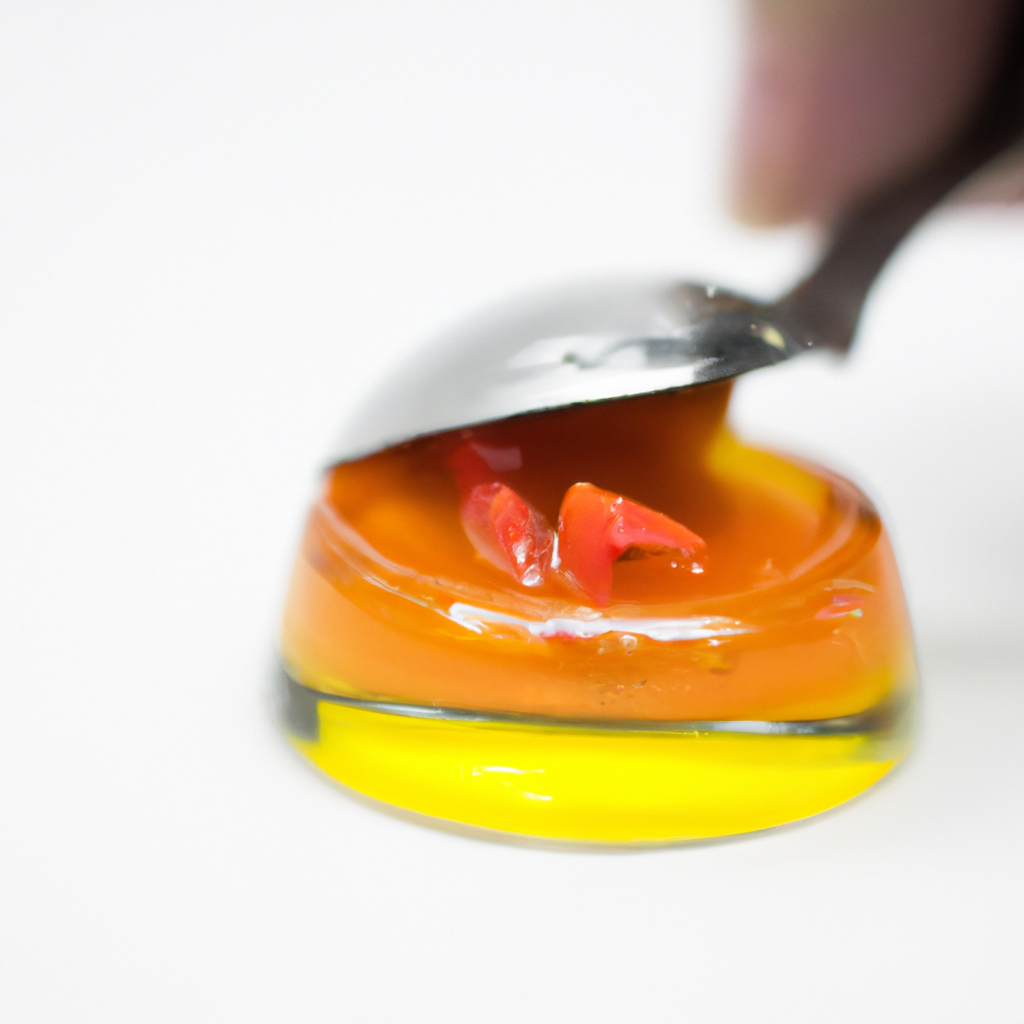Unlock the Future of Flavors: Enroll Now in Molecular Gastronomy School!
Hey there, fellow food explorers! Today, I’m diving into something pretty exciting – the wild and wacky world of flavor pairing. If you’ve ever wondered how chefs come up with those mind-blowing combinations that make your taste buds do a happy dance, then you’re in for a treat. We’re gonna chat about flavor pairing principles and how they can be a game-changer for anyone interested in molecular gastronomy. And trust me, it’s not as fancy or intimidating as it sounds!
So picture this: I’m at my buddy Jake’s place last summer, right? He’s one of those kitchen magicians who whips up dishes like he’s performing culinary sorcery. That day, he hands me this dish – a simple grilled peach salad with blue cheese and basil. Now, I love peaches on their own but paired with blue cheese? My brain was skeptical; my mouth was intrigued.
Turns out, Jake wasn’t just throwing stuff together willy-nilly. There’s actually some science behind these unexpected combos that hit the sweet spot (literally). It’s all about understanding which flavors complement each other or create an interesting contrast.
Let’s start from scratch here. Flavor pairing is basically finding ingredients that share similar compounds or have contrasting characteristics that somehow click when put together. Think of them as long-lost friends finally meeting at a reunion – instant chemistry!
For aspiring molecular gastronomists (or curious home cooks like us), learning these principles can open up endless possibilities in the kitchen. Imagine crafting dishes where every bite feels like an adventure!
Take chocolate and chili peppers for example – might sound weird to some folks but let me tell ya, once you experience the spicy kick enhancing the rich sweetness of chocolate… oh man! It’s like fireworks going off in your mouth.
A while back during a cooking class I attended (which honestly felt more like being part of an episode of MasterChef), our instructor had us experiment with strawberries and balsamic vinegar reduction as dessert toppings instead of traditional whipped cream or sugar sprinkles. At first blush – pun intended – it seemed odd but wow! The tangy punch balanced out the juicy sweetness perfectly.
Now if you’re eager to dive into this flavorful curriculum yourself without attending fancy-schmancy classes (because let’s face it – ain’t nobody got time for that!), there are simple ways to start exploring at home:
1. **Understand Basic Pairings**: Begin by identifying basic pairings such as lemon & rosemary or tomato & basil which naturally gel well together.
2. **Play With Textures**: Not only should flavors work harmoniously but textures too should play nice on your palate stage.
3. **Keep A Flavor Journal**: Jot down successes AND disasters alike because sometimes learning what doesn’t work is just as important!
4. **Trust Your Instincts**: While guidelines help set foundations don’t shy away from trusting your gut feeling either… after all creativity often thrives outside comfort zones!
5 . **Experiment Boldly But Taste Cautiously** : Try new things fearlessly however remember moderation especially when trying potent ingredients lest everything ends up tasting overpowering rather than delightful balance..
And hey—don’t forget trial-and-error plays huge role here so embrace mistakes along way since even pros mess up occasionally before discovering iconic signature recipes..
Whether hoping impress dinner guests weekend potluck parties woo significant other special homemade meal impress restaurant critics maybe someday (!!) savor journey embracing varied flavorful paths life offers whatever reason motivates culinary pursuits always enjoy process itself relish moments discovery connection shared meals create lasting memories beyond mere consumption…
Happy cooking everyone!! 🍴✨
